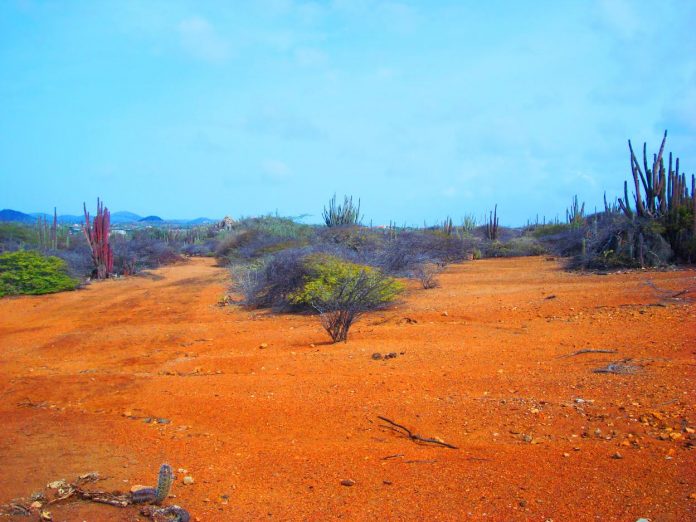Etnia Nativa through Island Insight shares native cultural awareness educates and safeguards Aruba’s heritage and encourage readers to experiment an island keeper state of mind. Discover the true native reasons of concern in one and every episode.
Experience more reasons to love Aruba as destination and live out your island adventure in an authentic revealing way. Our island is a tiny tourist destination with a fragile ecosystem which covers thousands of years of history. Here is when Etnia Nativa’s main objective comes to mind, sharing information through education.
In this episode we elaborate a bit upon the different colors that the Aruban landscape may offers depending on the weather. Looking at the deep blue and turquoise tones of the sea which presents a contrast to the shocking blue of the sky, without realizing the state of a total nirvana this experience evokes. Surprised by the green tones of the vegetation contrasting with the radiant yellow of cacti, agave and *quibra hacha blossoms boosted by our radiant sun, taking our attention to the impeccable white sand of our beaches and the various tones of red of the clay soil. This envelops us in a mystical state of mind that only this place can induce. Our association with the color ocher is inherited from an ancestor origin. Ocher is a clay-rich pigment that indicates the presence of significant amounts of iron oxide and, at the same time, the absence of carbonates, which have already been washed away by time.
Ocher is a natural clayey earth pigment, a mixture of ferric oxide, clay and sand and the first known pigment used by ancient cultures and a very common find in archaeological sites. The first possible use of ocher discovered, is from a Homo erectus site of about 285,000 years ago. Here we begin to solve the mystery behind a trek through the arid soil of Aruba- (see episode CIV-104).
In 2014, the Spanish paleontologist Carlos Duarte suggested that the use of ocher as a pigment where applied in tattoos – we know that it was ingested in archaic times – which may have had an important role in human evolution, since it would have been a direct source of iron to the human brain.
In Aruba, Red ocher pigment was applied in many forms by ancient native cultures. On buddy decoration, ceramic designs, in religious ceremonies and in lime stone caves and granite surfaces as rock art – (Weburi, Piedra Plat- see episode XIV- 14).
As one of the objectives of Etnia Nativa is to keep ancestral techniques alive, we teach how to work the raw clay from digging it up- as our ancestors did- until enjoying molding a unique and exquisite piece of local collected clay.
Through silent art – “Ars Muta” – of working with native clay where the silence of the work is only apparent because nothing is more eloquent for those who knows how to search and have the authentic inherited wisdom to work “from my soul to your soul”, without “intermediaries”.
The process begins by guiding each participant to the specific place where the clay is preserved intact, thus learning to identify the best raw material and to distinguish high-quality material from the rest of the earth. Once this raw material has been extracted, it will be necessary to carry out purification work with water that will clean and detoxify the material to end up in dehydration and finally obtain the raw clay.
The goal of keeping ancient native clay methods alive and incorporating cultural philosophies intact has a cultural responsibility on its own.
The traditional craftsmanship that we practice is the most tangible manifestation of Aruba’s intangible cultural heritage through which the mysterious red color of our soil is resolved in an existential tree dimensional form!
If you love Aruba its origins and its cultural heritage, be part of the exclusive visitors of Etnia Nativa: a cozy museum/home.
Etnia Nativa a private residential houses collections of native art, archaeological artifacts and historic furniture, while the facilities themselves are the result of the transformation of recycled materials. Meet Anthony Croes a native artist and our columnist at his home! Book your visit Whatsapp + 297 592 2702- or mail: etnianativa03@gmail.com

















